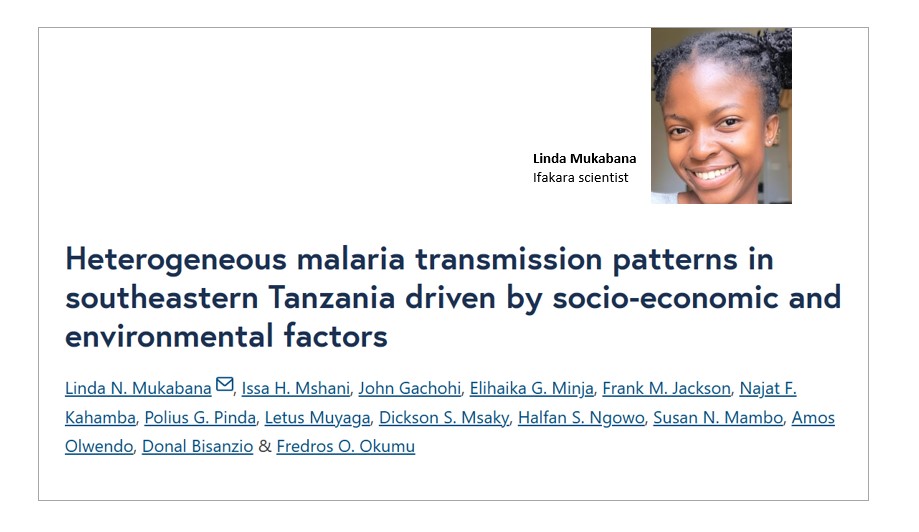
MAPPING MALARIA: How nature and neighbors shape the risk in Tanzania

A new study shows that malaria in southeastern Tanzania doesn’t spread evenly—it’s shaped by a mix of rainfall, elevation, housing, household size, age, and gender. Pinpointing these local drivers is critical: with the right data, health teams can tailor strategies to eliminate malaria more effectively.
Findings of the study, titled “Heterogeneous malaria transmission patterns in southeastern Tanzania driven by socio-economic and environmental factors,” were published in Malaria Journal recently.
Why this matters—up close and personal
Imagine two neighboring villages—one bustling with malaria cases, the other nearly untouched—despite sharing the same region. This study provides a window into why that happens. By understanding the local “why,” providers can deliver smarter, faster interventions—like indoor spraying or home upgrades—where they’re needed most.
How the research unraveled the puzzle
Drawing from a cross-sectional survey in 10 villages across Kilombero and Ulanga between 2022–2023—surveying 3,249 people aged 5–60—the study combined health screenings with household interviews and satellite data.
The researchers used statistical models to connect malaria infection patterns with:
- Environmental factors like elevation and rainfall.
- Household traits such as roof type and toilet facility.
- Individual traits including age and gender.
Key findings at a glance
- Higher elevation & more rainfall → higher malaria infection rates.
- Dense vegetation areas posed greater risk than built-up zones.
- Male individuals (28.6%) and school-aged children (36.9%) had higher prevalence compared to females and adults.
- Protective factors included closed eaves and metal roofs.
- Improved sanitation and protected water sources were linked to lower malaria risk.
What comes next—and who made it happen
- Targeted tools: Using insights like this, malaria interventions can be sharper and more cost-effective—like distributing nets where they matter, or improving housing infrastructure.
- The lead author was research scholar, Linda Mukabana, from the Ifakara Health Institute which played a central role—especially the Environmental Health and Ecological Sciences Department—working alongside experts from regional and global research centers, including Jomo Kenyatta University (Kenya), University of Glasgow (UK) and RTI International (USA).
- Next steps: The authors call for long-term studies, inclusion of entomology and social behavior insights, and finer-resolution environmental monitoring to sharpen their approach.
Read more, here.
